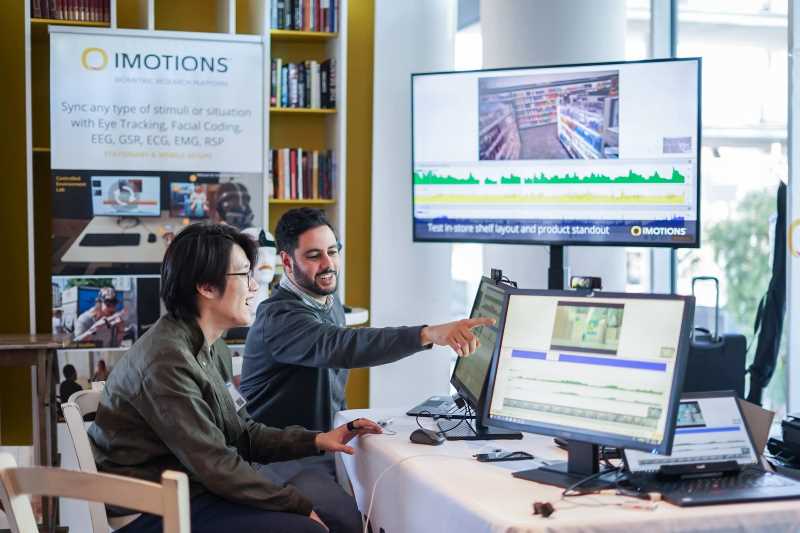Road traffic accidents (RTAs) are an ever-existing threat to all road users. Automated vehicles (AVs; SAE Level 3–5) are developed in many countries. They are promoted with numerous benefits such as increased safety yielding less RTAs, less congestion, less greenhouse gas emissions, and the possibility of enabling non-driving related tasks (NDRTs). However, there has been no study which has investigated different NDRT conditions, while comparing participants who experienced a severe RTA in the past with those who experienced no RTA. Therefore, we conducted a driving simulator study (N = 53) and compared two NDRT conditions (i.e., auditory-speech (ASD) vs. heads-up display (HUD)) and an accident (26 participants) with a non-accident group (27; between-subjects design). Although our results did not reveal any interaction effect, and no group difference between the accident and the non-accident group on NDRT, take-over request (TOR), and driving performance, we uncovered for both groups better performances for the HUD condition, whereas a lower cognitive workload was reported for the ASD condition. Nevertheless, there was no difference for technology trust between the two conditions. Albeit we observed higher self-ratings of PTSD symptoms for the accident than for the non-accident group, there were no group differences on depression and psychological resilience self-ratings. We conclude that severe RTA experiences do not undermine NDRT, TOR, and driving performance in a SAE Level 3 driving simulator study, although PTSD symptoms after an RTA may affect psychological wellbeing.
Related Posts
-

Memory Modulation – Measuring What Truly Sticks
Academia
-

The Science of Resilience: Measuring the Ability to Bounce Back
Academia
-

Measuring Pain: Advancing The Understanding Of Pain Measurement Through Multimodal Assessment
Ergonomics
-

Feeling at Home: How to Design a Space Where the Brain can Relax
Ergonomics



